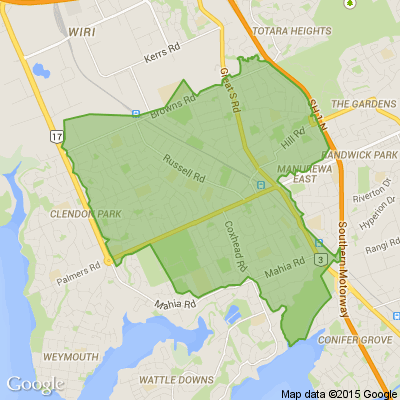Cheese Soufflé Recipe
Celia Hay's soufflés served hot from the oven are as impressive as they are comforting.
Ingredients
1 knob Butter, melted, for greasing
¼ cup Breadcrumbs
4 Eggs, at room temperature, separated
290 ml Milk
40 g Butter
30 g Flour
1 tsp Dried mustard
1 pinch Cayenne pepper
85 g Cheddar cheese, grated
Directions
1. Heat the oven to 200C. Place a baking sheet on the shelf in the top third of the oven.
2. Brush ramekins or souffle dishes with the melted butter.Coat lightly with breadcrumbs by tilting the ramekins so the breadcrumbs stick to the butter. Tip out any breadcrumbs that do not stick.
3. Separate the eggs. Be sure to get no yolk in the egg whites. Put the whites in a bowl, ready to whisk.
4. Warm the milk in a pot or microwave.
5. Melt the butter in a saucepan, stir in the flour and cook for 45 seconds.
6. Gradually add the warmed milk, stirring until smooth. Remove from the heat, add the mustard, cayenne pepper, grated cheese and stir in the egg yolks. Taste the mixture — it should have good flavour. Season with salt and pepper if required.
7. Whisk the egg whites until just stiff and mix a spoonful into the cheese mixture to loosen it. Fold in the remainder of the whites with a metal spoon or spatula. Spoon the mixture into the ramekins so they are twothirds full.
8. With the back of a spoon or your fingertip make a one centimetre rim around edge of the souffle mixture. This gives a “top hat’’ appearance to the cooked souffle.
9. Bake for 8-10 minutes until well risen and golden brown. Avoid opening the door until the last minutes of cooking time. To check if the souffle is cooked, wobble the ramekin gently. If it is very wobbly, cook for a little longer

What workplace change would you like to see most?
This coming Monday is Labour Day in New Zealand. This public holiday marks when the eight-hour workday and 48-hour workweek became law in 1899. The idea started with Samuel Parnell, a carpenter in Wellington, who in 1840 refused to work more than eight hours a day. Since skilled workers were in short supply, his employer had to agree.
As more skilled workers arrived, employers tried to change working conditions, but Parnell and others kept pushing for better rights. In 1890, Parnell led a Labour Day parade of 1,500 people to promote the eight-hour day. He passed away shortly after, and nine years later, Labour Day became an official public holiday.
Do you feel that we have reached the ideal in working environments yet? What rights are you passionate about relating to employment? Share your thoughts!

What's your favourite recipe for gooseberry?
Love gooseberries? Share your favourite way to enjoy them. We're looking for our readers' favourite family recipes for this delicious crop. Send yours to mailbox@nzgardener.co.nz, and if we use it in the magazine, you will receive a free copy of our December 2024 issue.

Six tips for improving security around your home
1) Improve outdoor lighting
Ensure that streets, driveways, and front yards are well-lit. Motion-sensor lights around homes deter trespassers by reducing hiding spots and illuminating their movements.
2) Trim your trees
Overgrown shrubs and trees provide cover for intruders. Keeping them well-trimmed around windows and doors improves visibility and reduces potential hiding spots.
3) Secure Entry Points
Ensure doors, windows, and gates are always closed when you are away from the house. Upgrade to more secure locks, deadbolts, or even smart locks for added protection.
4) Add a security camera
Place security cameras in the main entry points to your home. Doorbell cameras are also relatively cheap and a great way to keep track of who is visiting your home when you aren't there.
5) Start a Neighborhood Watch Program
You could reach out to members on Neighbourly to form a group of neighbors who can regularly keep an eye out for suspicious activity and report it. You could also check with Neighbourhood Support to see what is existing in your area.
6) Introduce yourself to your neighbours
The closer you are to your neighbors, the more likely they’ll notice when something unusual or suspicious is happening around your property
Feel free to share anything that you do around your area to deter crime.








 Loading…
Loading…





